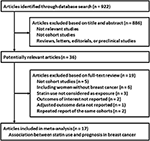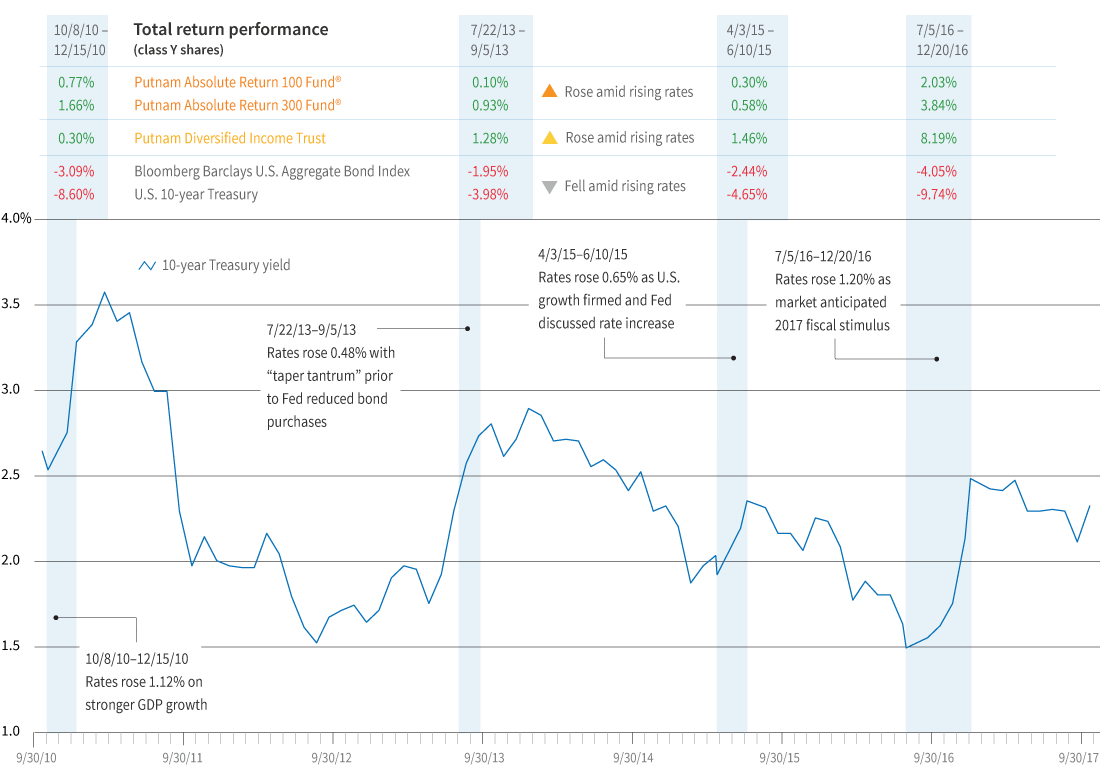
One can adjust for these as simple main effects, or additionally with an interaction with time, in order to allow for the association between the baseline variable(s) and outcome to potential vary over time. Often there are baseline covariates to be adjusted for. This implies a saturated model for the mean, or put another way, there is a separate mean parameter for each time point in each treatment group. This imposes no restriction on the form of the correlation matrix of the repeated measures.įor the so called ‘fixed effects’, one typically specifies effects of time (as a categorical or factor variable), randomised treatment group, and their interaction. In particular, to reduce the chances of model misspecification, commonly the residual errors are assumed to be from a multivariate normal distribution with a so called unstructured covariance matrix. Typically this model specifies no patient level random effects, but instead models the correlation within the repeated measures over time by specifying that the residual errors are correlated. Particularly within the pharmaceutical trials world, the term MMRM (mixed model repeated measures) is often used. Because of this a mixed model analysis has in many cases become the default method of analysis in clinical trials with a repeatedly measured outcome. In the context of randomised trials which repeatedly measure patients over time, linear mixed models are a popular approach of analysis, not least because they handle missing data in the outcome ‘automatically’, under the missing at random assumption. They extend standard linear regression models through the introduction of random effects and/or correlated residual errors. ĭo you have thoughts on this support article? We'd love to hear them! Feel free to fill out this feedback form.Linear mixed models are a popular modelling approach for longitudinal or repeated measures data. We hope that you find this command useful ! Please consider sharing your experiences in our user forum. Automatic: include a calculate field in your form design that calculates the data collector’s time zone at the start time of the survey: format-date-time($, '%Y-%b-%e %H:%M:%S').For example, sctorezone +5.5, force or sctorezone -3, force. Manual: set the number of hours to shift datetime and time variables forwards (use + ) or backwards (use - ).
STATA DURATIONS MANUAL
Shift can be formatted for manual or automatic re-zoning: The shift parameter indicates how much to shift your datetime and/or time fields. To run the command, follow the syntax below, and adjust it according to your dataset: To read the associated documentation, enter help sctorezone into the Stata command window.
STATA DURATIONS UPDATE
To update, enter ado update scto, update in the Stata command window. If you’ve ALREADY installed our scto package.
STATA DURATIONS INSTALL
To install, enter ssc install scto in the Stata command window. If you’ve NEVER installed our scto package.
STATA DURATIONS CODE
All information and code is available at. The sctorezone command is included in the scto Stata package, where you can find other Stata commands to make the most of data collected using Surve圜TO.


Using this Stata command, you will be able to: This Surve圜TO resource for Stata users was developed by William Blackmon, Research Manager at IPA (Innovations for Poverty Action). do file template (i.e., in %tc format), and time fields using Surve圜TO standard format (e.g. This command changes the time zones of datetime fields formatted according to the Surve圜TO. In this article, we explain the different strategies you may use to achieve this, including the Stata command sctorezone.

However, there are several reasons you might want to change the time zone of your exported data. If data is collected in more than one time zone, converting date and time values to a single relative time zone can be advantageous. Surve圜TO exports time and datetime fields relative to the time zone of the exporting computer – not the time zone of the data-collection device.


 0 kommentar(er)
0 kommentar(er)
